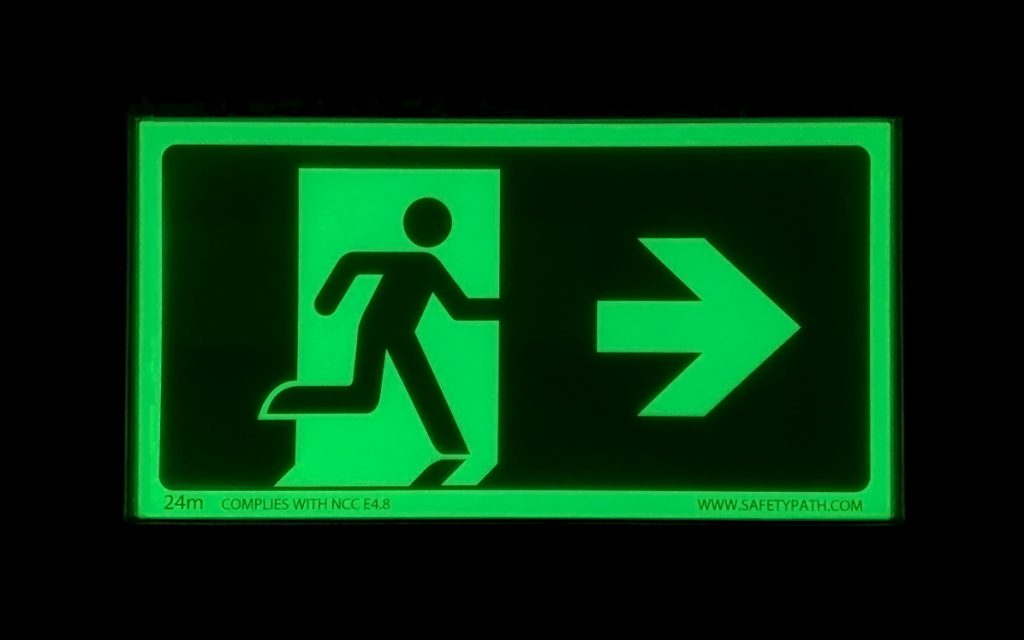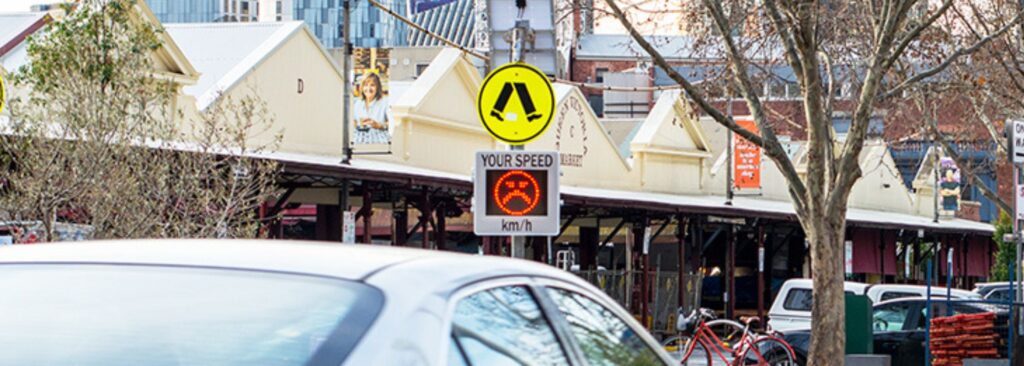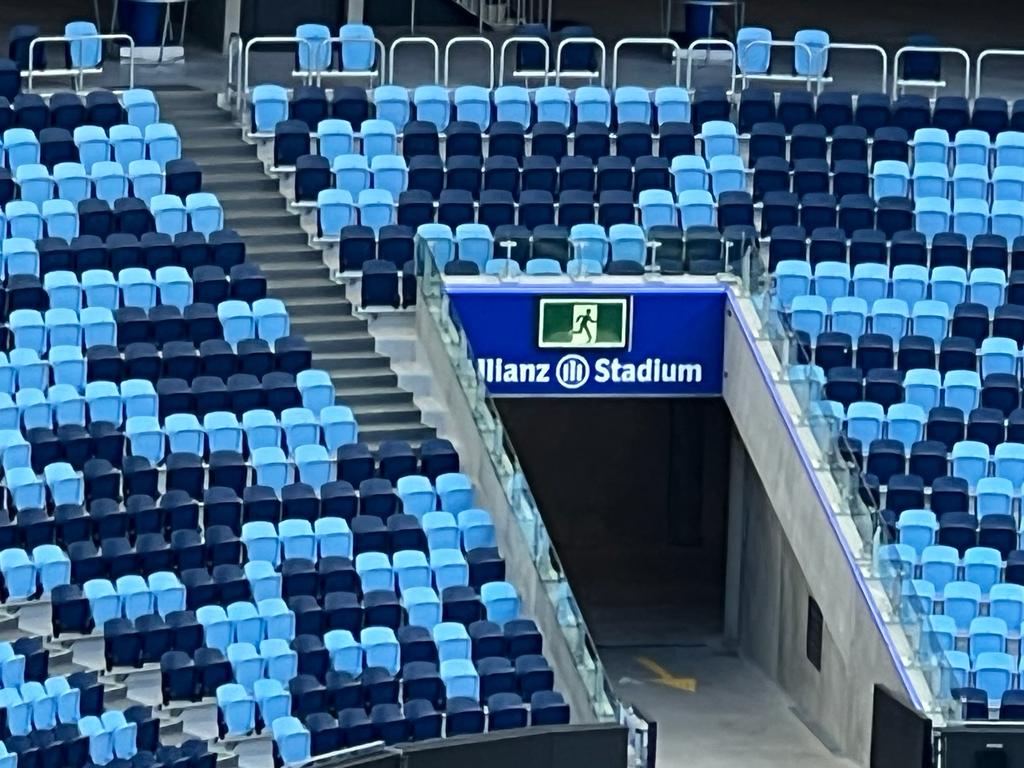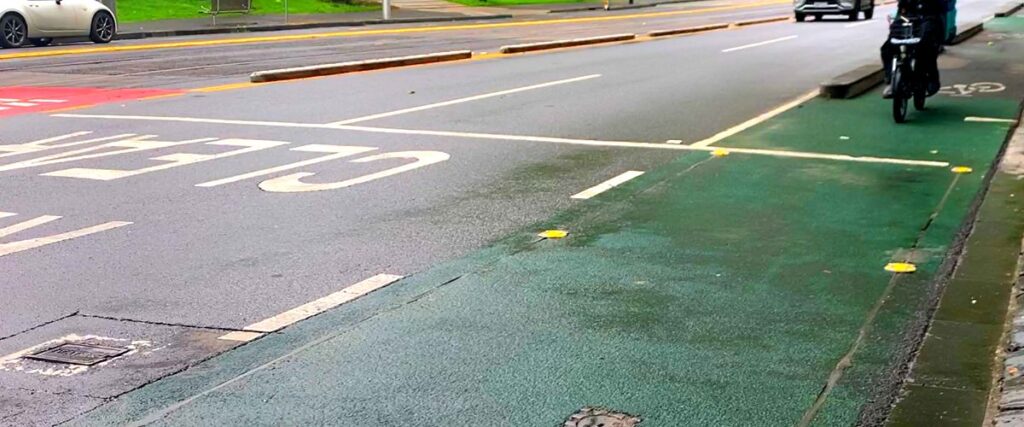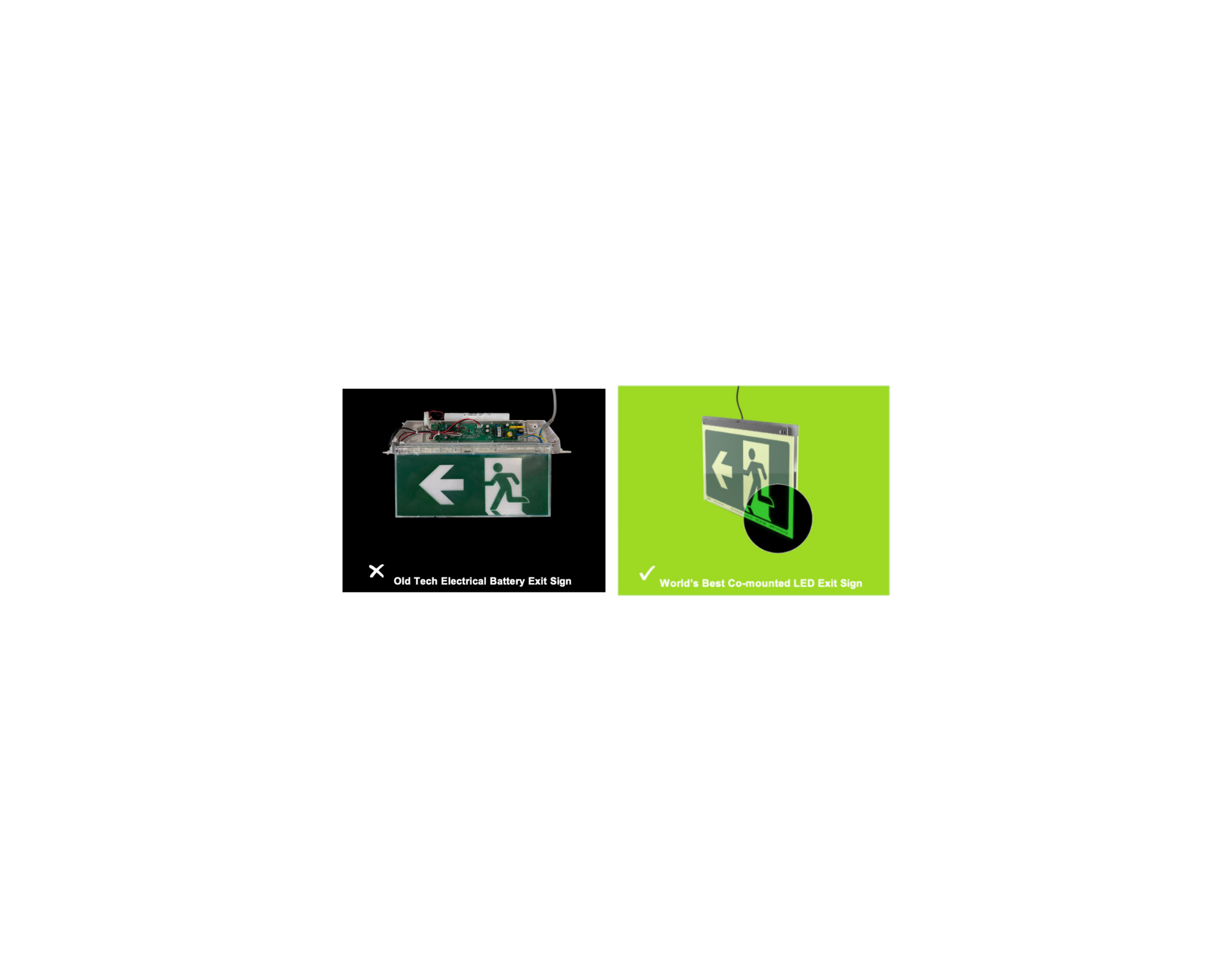
Increased Commercial Imperative for Net Zero Buildings
1 min read
August 30, 2022
Early movers and those starting the journey towards net zero emissions in non-residential buildings may have noticed the New South Wales Government and Sydney City Council (SCC) adopt more ambitious policies over the last few days. The SCC reforms have been supported by leading developers Stockland, Frasers Property Australia, Lendlease, Crown Group, Dexus and Mirvac.
All non-heritage buildings, including offices, shopping centres, warehouses and showrooms, now have a commercial imperative to continue converting to low-emission technology.
With the adoption at the National Building Ministers Meeting last Friday of the interim National Construction Code on 1 October, it appears like the ‘planets are aligning’ and energy efficiency options are clearer than ever.
However, with complexities around retrofitting existing, older non-residential buildings, those managing existing and new projects will be looking at what else they can do to drive down their emissions and save money.
Low Emission and Recycled-Content Solutions
Our Safety Path Co-mounted Hybrid LED Exit Signs reduce e-Waste and old -tech batteries.
The emissions savings are in the order of 80kg CO2e per annum, as well as reduced operating costs, reduced failure rates and less eWaste. Hybrid exit signs can replace old technology exit signs ‘one-by-one’ as they fail, or whole floors or buildings at once to get all the immediate benefits.
Other solutions include slip-resistant recycled glass for bitumen, concrete, steel and wood surfaces, as well as renewable energy solar and photoluminescent lighting and linemarking in buildings and for roads, parks and shared user paths. All of these products have low impacts on the environment, while reducing light spill, electricity costs and emissions and improved safety outcomes.
Safety Path, OmniGrip Direct and Vivacity are part of the SmarterLite Group.
